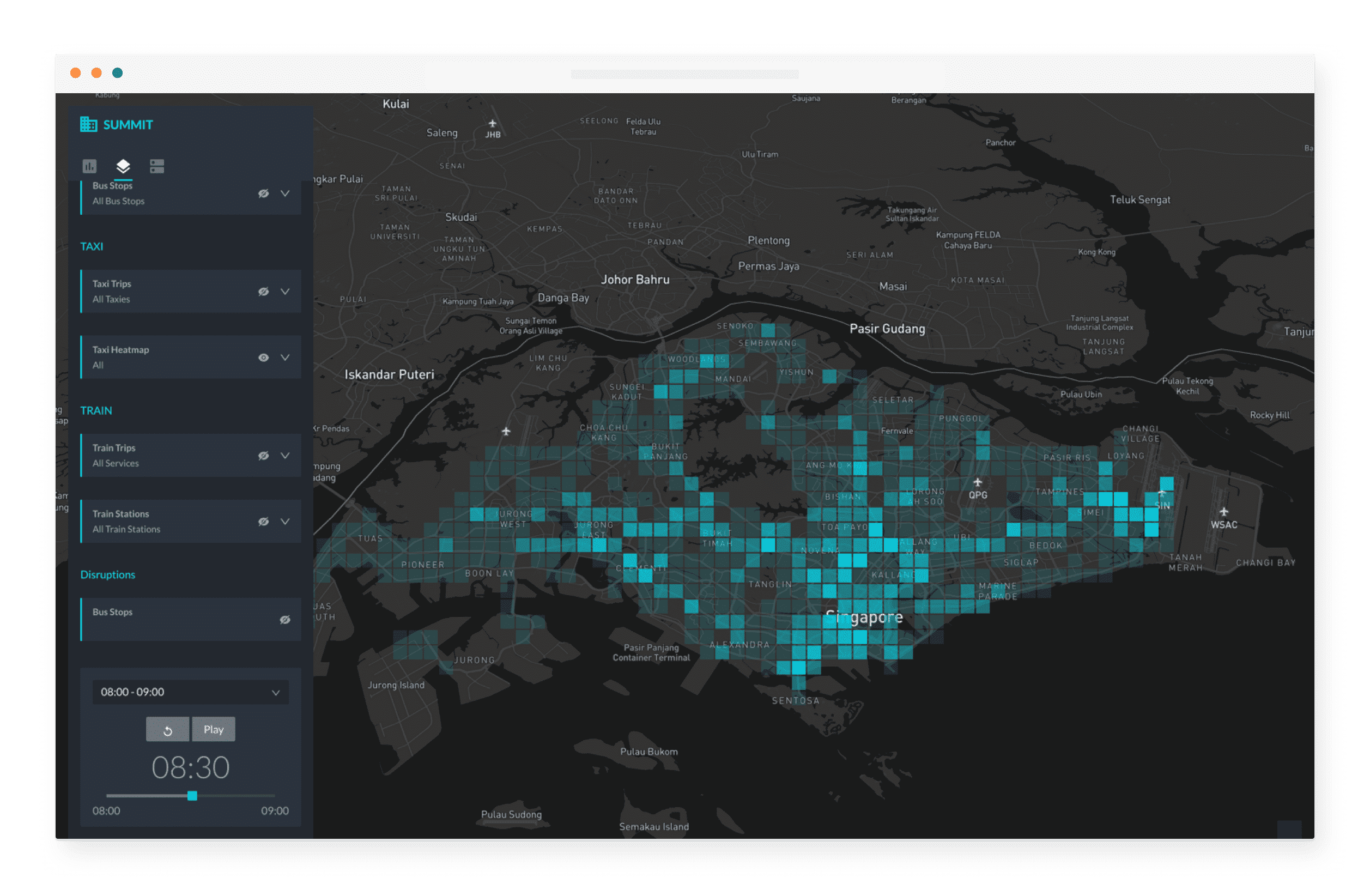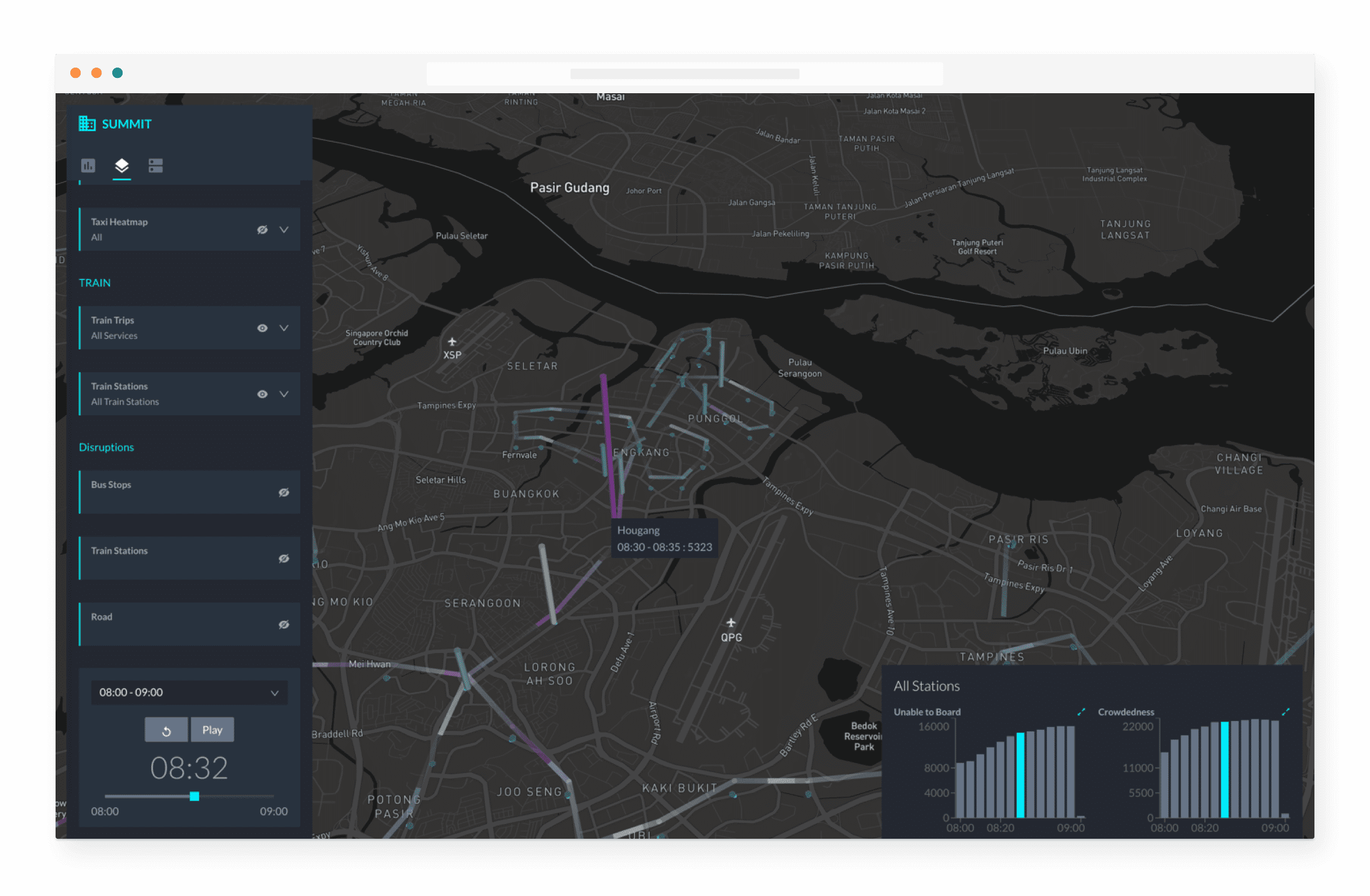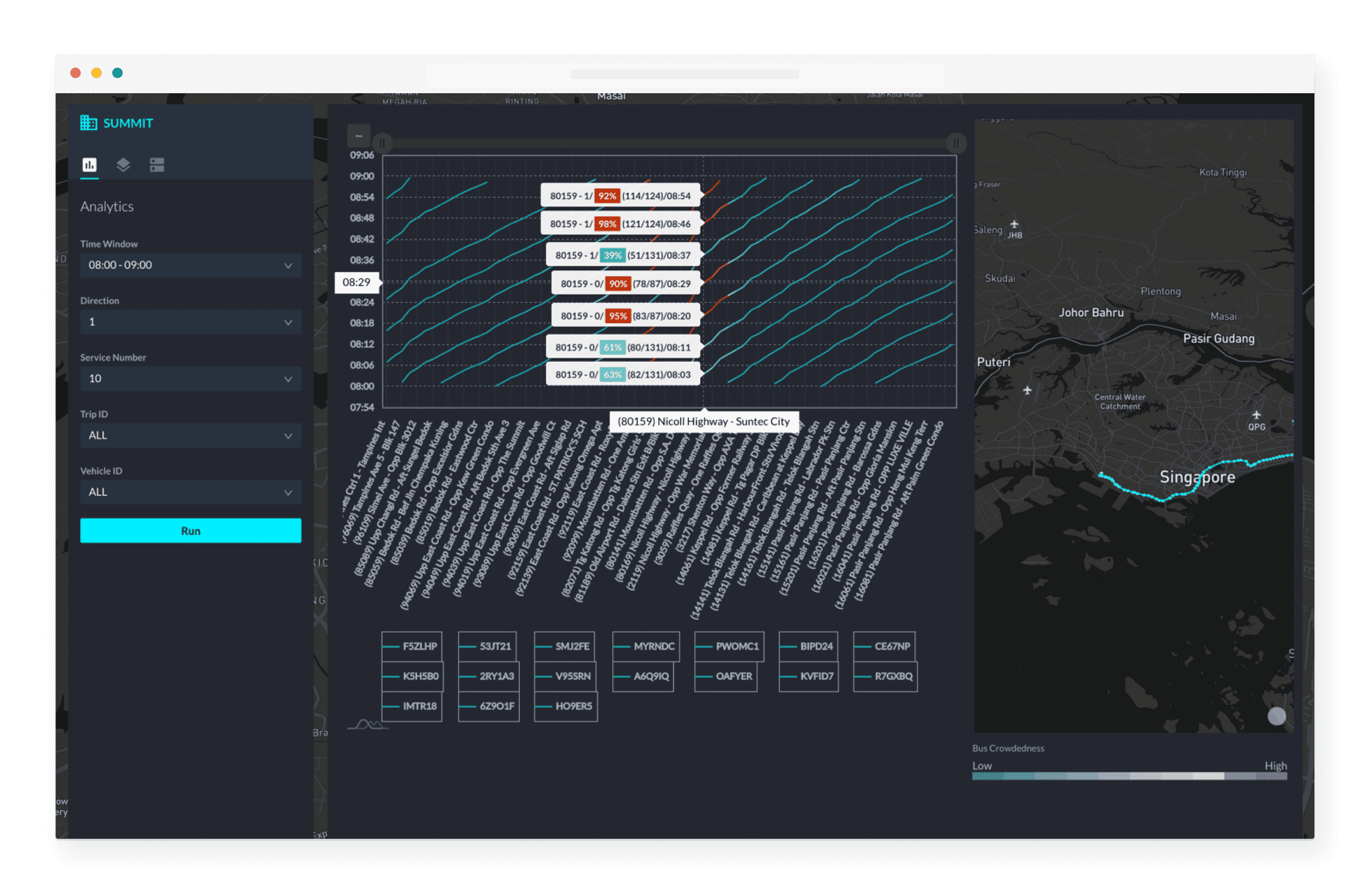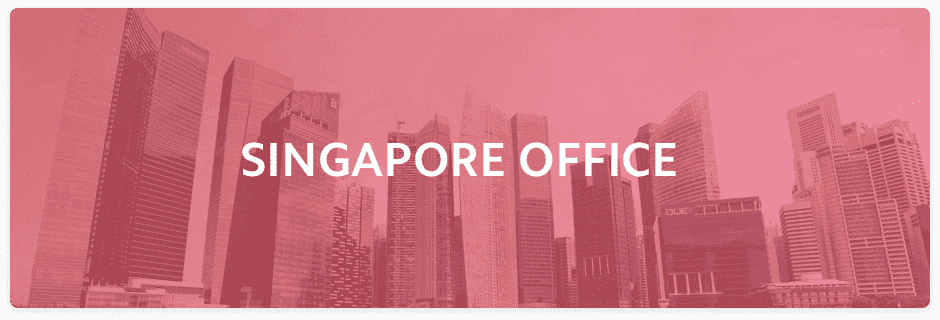We’ve come a long way from using physical tickets, passes and stamps for our commute. Today, an urban city like Singapore has many systems and networks that generate digital data. For instance, residents use a rechargeable contactless smart card to tap in and out of public transport called the “EZ-link” card. There’s also bus and taxi GPS systems.
This wealth of data opens up new possibilities for exploring how transportation systems behave under normal conditions and stress. But the big challenge remains: bringing together stakeholders, such as policy makers, system operators and academic researchers, to solve transport problems.
A visualization platform can help everyone understand intuitively and deeply what happens when transport disruptions occur and learn which interventions work.





